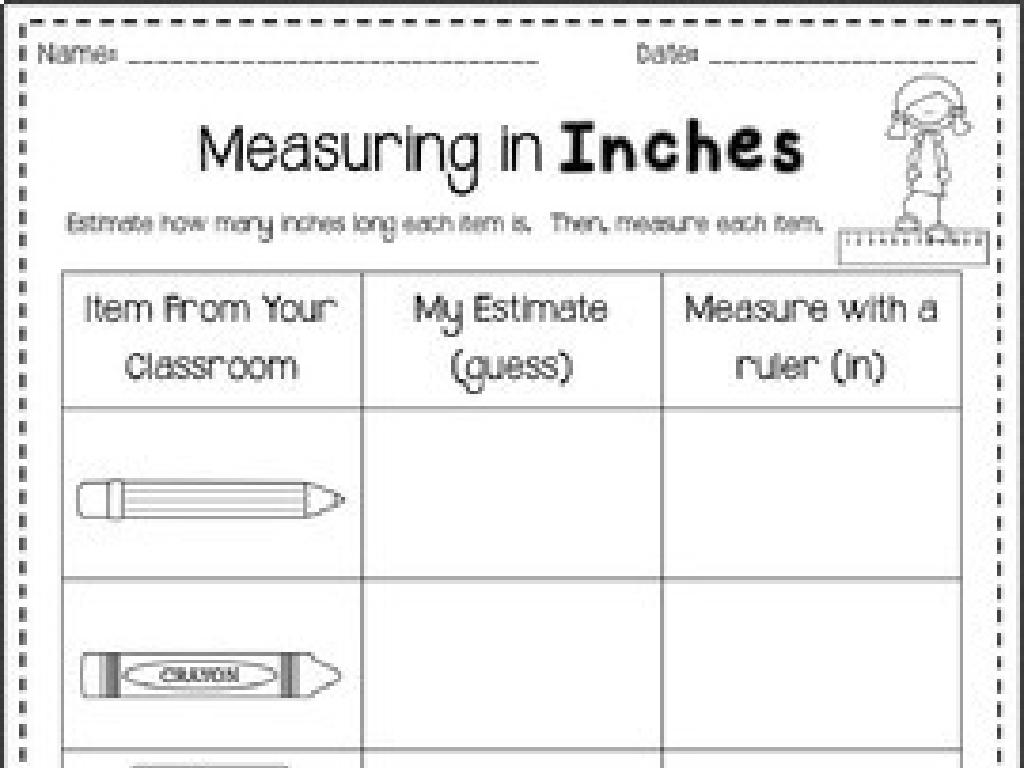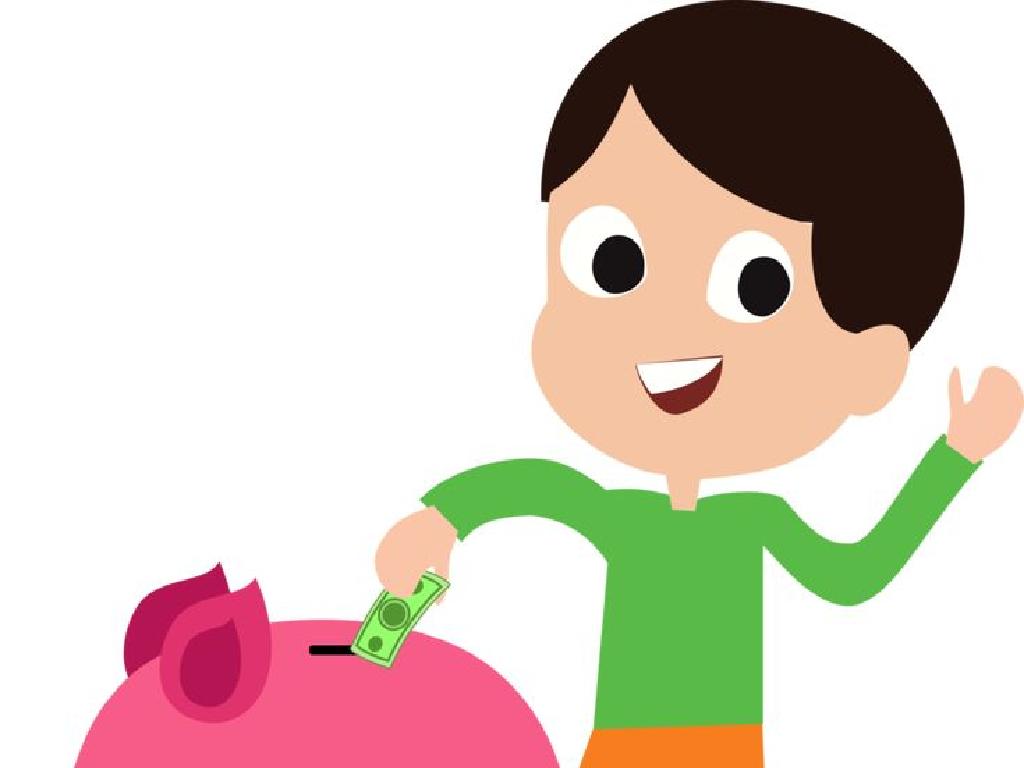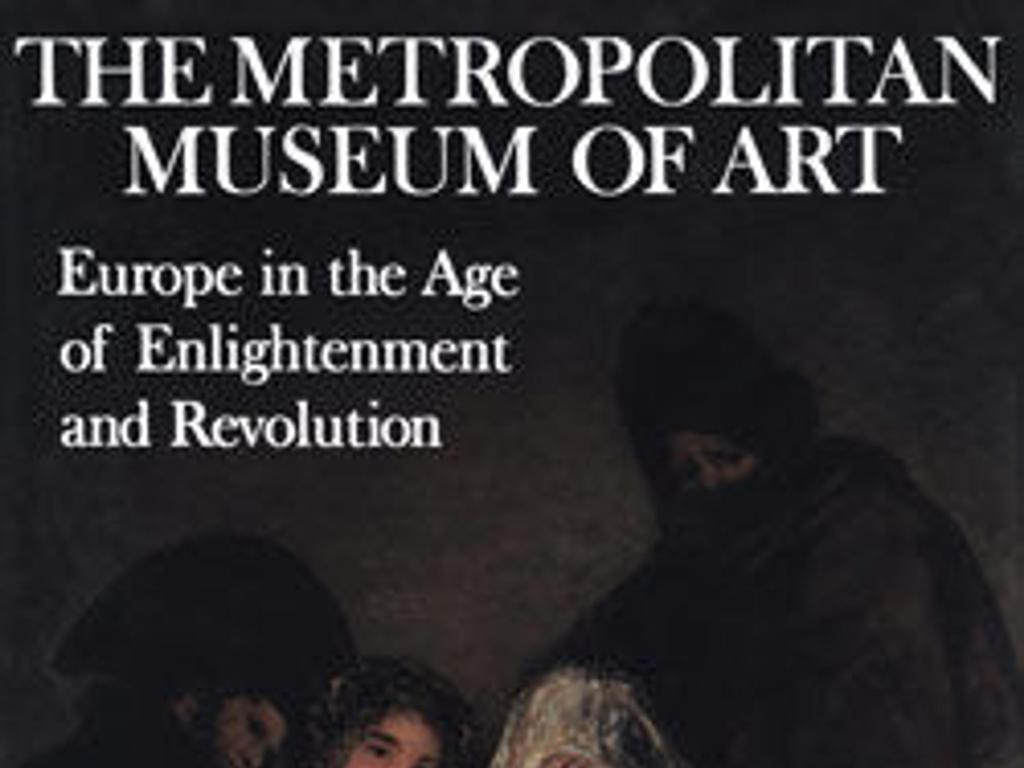Probability Of Compound Events
Subject: Math
Grade: Seventh grade
Topic: Probability
Please LOG IN to download the presentation. Access is available to registered users only.
View More Content
Introduction to Probability
– Understanding basic probability
– Probability measures the chance of an event occurring.
– Defining probability significance
– It’s crucial for predicting outcomes in various fields.
– Probability in everyday life
– Used in weather forecasts, games, and risk assessment.
– Engaging with real-world examples
– Explore examples like coin flips, dice games, and more.
|
This slide introduces the concept of probability, which is a measure of how likely an event is to occur. It’s important for students to grasp that probability is a fundamental aspect of daily decision-making and risk assessment. Discuss why understanding probability is essential, not just in mathematics, but in real-life situations such as predicting weather, playing games, or even in healthcare. Provide relatable examples that students can connect with, such as the likelihood of rain leading to carrying an umbrella, or the chance of winning a game based on certain moves. Encourage students to think of other areas where probability plays a role in their lives.
Understanding Simple Events
– Define simple events
– A simple event has only one outcome, like getting heads on a coin toss.
– Calculate simple event probability
– Use the formula P(E) = Number of favorable outcomes / Total possible outcomes.
– Example: Coin flip
– Flipping a coin has two possible outcomes: heads or tails.
– Example: Die roll
– Rolling a die has six possible outcomes: 1, 2, 3, 4, 5, or 6.
|
This slide introduces the concept of simple events in probability, which are events with a single outcome. It’s crucial for students to grasp that the probability of a simple event occurring is calculated by dividing the number of favorable outcomes by the total number of possible outcomes. Use everyday examples like flipping a coin or rolling a die to illustrate this concept, as these are relatable and easy to understand. Encourage students to think of other simple events and calculate their probabilities. This foundational knowledge will be built upon when they later explore compound events.
Understanding Compound Events in Probability
– Define Compound Events
– A compound event consists of two or more simple events.
– Simple vs. Compound Events
– Simple events have one outcome; compound events have multiple outcomes.
– Examples of Compound Events
– Flipping a coin and rolling a die at the same time.
– Calculating Probabilities
– Use formulas to find the probability of compound events occurring.
|
This slide introduces students to the concept of compound events in probability, distinguishing them from simple events. Compound events involve the combination of two or more simple events and require different methods to calculate their probabilities. For example, flipping a coin and rolling a die simultaneously is a compound event because it combines two separate actions. To calculate the probability of compound events, students will learn to use formulas and consider all possible outcomes. Encourage students to think of other examples of compound events and discuss how to approach their probability calculations.
Calculating Probability of Compound Events
– Multiplication Rule for probability
– Multiply probabilities of individual events for compound events
– Independent vs. Dependent Events
– Independent events don’t affect each other, unlike dependent events
– Practice: Rolling two sixes
– Calculate the chance of getting two sixes on two dice rolls
– Understanding outcomes
|
Introduce the multiplication rule as a fundamental concept for calculating the probability of compound events, where the probability of two independent events occurring together is the product of their individual probabilities. Clarify the difference between independent and dependent events with examples; independent events have outcomes that do not influence each other, while the outcome of one dependent event affects the other. Use the example of rolling two sixes on two separate dice to provide a concrete practice problem. Explain that the probability of rolling a six on a fair die is 1/6, and since the dice rolls are independent events, the combined probability is (1/6) * (1/6) = 1/36. Encourage students to think of other examples of independent events and to calculate the probabilities accordingly.
Visualizing Compound Probabilities
– Probability Tree Diagrams
– A visual tool for mapping all possible outcomes of 2 or more events
– Reading Tree Diagrams
– Follow branches to see event outcomes and probabilities
– Visualizing Outcomes
– Helps to understand all possible scenarios and their likelihood
– Activity: Craft a Tree Diagram
|
This slide introduces the concept of visualizing compound probabilities using tree diagrams, which are essential tools in probability theory. Start by explaining what a probability tree diagram is and how it helps in mapping out all possible outcomes of two or more events. Show how to read a tree diagram by following the branches to see the sequence of events and their respective probabilities. Emphasize the importance of visualizing outcomes to understand the likelihood of different scenarios. For the activity, provide students with a scenario to create their own tree diagrams. This could involve flipping coins, rolling dice, or picking cards from a deck. Encourage creativity and ensure they understand how to calculate the probability for each branch. Provide detailed guidelines for the teacher to facilitate the activity, suggesting variations for different student groups.
Group Activity: Probability Practice
– Calculate scenario probabilities
– Group activity: solve problems
– Work in small groups on assigned problems
– Share solutions with the class
– Each group presents their answers
– Discuss results and methods
– Discuss different approaches and outcomes
|
This slide is designed to engage students in a hands-on group activity to practice calculating probabilities of compound events. Students will be divided into small groups and given a set of probability problems to solve collaboratively. After solving the problems, each group will share their solutions with the class, fostering a collaborative learning environment. The discussion phase is crucial as it allows students to explain their reasoning, understand different methods for solving probability problems, and clarify any misconceptions. As a teacher, facilitate the activity by providing guidance and ensuring that each group understands the task. Encourage students to consider multiple approaches to solving the problems and to explain their thought process during the sharing phase. This activity aims to deepen students’ understanding of probability through practice and peer learning.
Class Activity: Exploring Probability
– Conduct a group probability experiment
– Record and analyze your results
– Note outcomes, frequency, and calculate probabilities
– Compare experimental vs. theoretical probability
– Experimental: results from actual trials, Theoretical: what should occur mathematically
– Discuss findings with the class
|
In this class activity, students will work in small groups to conduct an experiment that illustrates the concepts of probability. They will perform a series of trials, such as flipping coins, rolling dice, or drawing cards, and record the outcomes to calculate the experimental probability. Afterward, they will compare their results with the theoretical probability, which is based on what should happen according to mathematical predictions. This activity will help students understand the difference between experimental and theoretical probability and the role of chance in experiments. Provide guidance on how to conduct the experiment, ensure fair testing, and accurately record results. Encourage students to discuss their findings and reflect on any discrepancies between the experimental and theoretical probabilities. Possible activities include flipping a coin 50 times to compare the experimental probability of getting heads with the theoretical probability of 1/2, or drawing colored marbles from a bag to determine the probability of drawing a particular color compared to the expected outcome.
Wrapping Up: Compound Events & Probability
– Recap: Probability of Compound Events
– Reviewed how to calculate the probability of multiple events occurring together.
– Probability’s Role in Decisions
– Understanding probability helps us make informed choices in daily life and future careers.
– Preview: Advanced Probability
– Next, we’ll explore more complex scenarios and their probabilities.
– Encourage Questions & Discussion
– Time to clarify doubts and discuss real-world applications of probability.
|
As we conclude today’s lesson, we’ve reinforced the calculation of the probability of compound events, which is crucial for understanding how multiple events can influence each other. We’ve also discussed the significance of probability in making everyday decisions and in various professional fields. Looking ahead, we’ll delve into advanced concepts, preparing students for more complex probability scenarios. Encourage students to ask questions and engage in discussions to solidify their understanding and see the real-world relevance of probability.






